You are here
Back to topThai Durians Rejected in Guangxi Over Missing Test Report
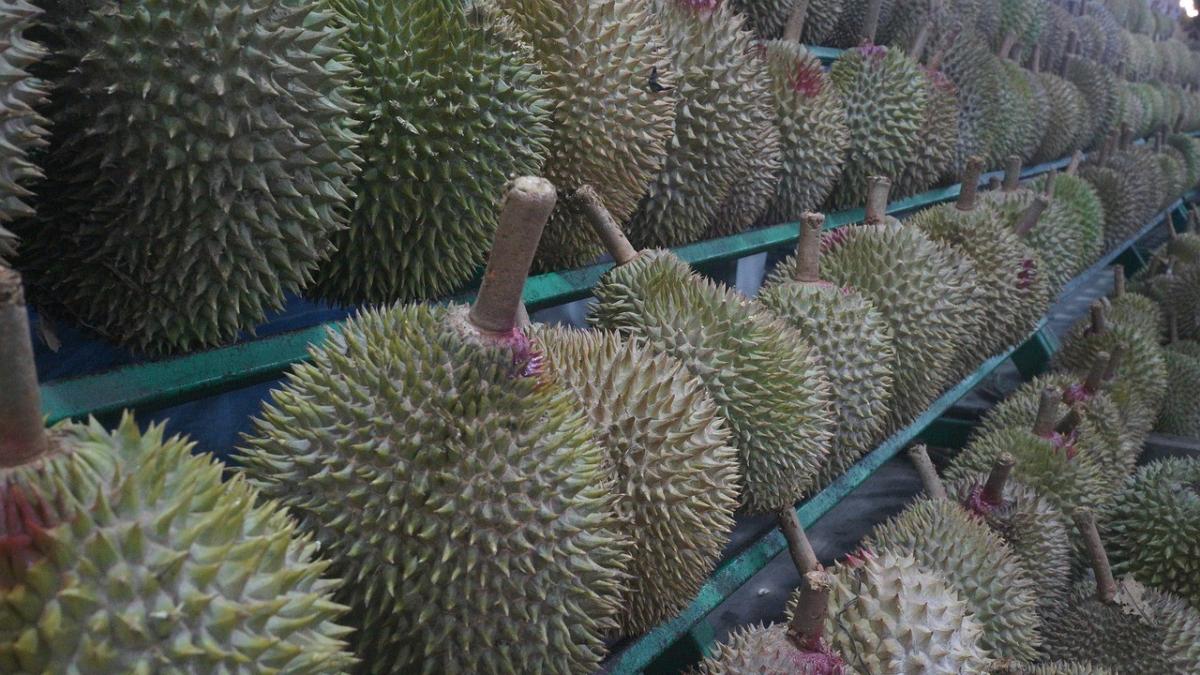
According to a news report by the Thai Public Broadcasting Service, a large shipment of Thai durians was denied entry to China at Nanning Wuxu International Airport in Guangxi province on Jan. 11. This marks the first case of durians being rejected owing to the lack of a test report for auramine O under new regulations introduced last week.
Chinese customs authorities across various regions are now enforcing stricter durian inspection standards. Meanwhile, Thailand’s Ministry of Agriculture and Cooperatives has also announced that it intends to strengthen its regulation of harmful substances. The announcement states that starting from Jan. 10, 2025, all fresh Thai durians destined for China are prohibited from using non-compliant chemicals. If a packaging facility is found to have violated this and used banned chemicals, its export qualifications will be suspended and its registration certificate may be revoked.
Major Thai durian exporters have expressed concerns about the sudden implementation of the new policy and the lack of clear details. As a result, they announced a five-day suspension of durian purchases lasting from Jan. 8 to Jan. 12. Many buyers have also halted orders, awaiting clearer policies from the Ministry of Agriculture and Cooperatives, especially regarding the testing requirements for auramine O (also known as basic yellow 2).
As Chinese New Year approaches, durian prices in Thailand remain high. Grade A and grade B durians are priced at 230–240 Thai baht ($6.63–6.92) per kilogram, with export containers valued at approximately 3 million baht ($86,500) each. However, the current market uncertainties mean that many durian dealers are opting to avoid taking risks.
Durian production in southern Thailand is relatively low at present, with daily exports expected to be fewer than 10 containers. By contrast, eastern regions, particularly Chumphon province, are seeing significantly higher production and are capable of supplying 500–600 containers of durians daily. However, lengthy laboratory testing times present challenges. Testing for heavy metals typically requires three days, while the timeframe for auramine O testing remains uncertain. This may lead to delays in purchasing. Extended testing periods could further impact fruit quality, as standard land transport to China takes approximately seven days.
One durian buyer remarked that this is the optimal period for durian exports, but the lack of clear policies is forcing purchasers to await detailed implementation measures from the government. He pointed out that continuing to purchase durians would require keeping them in cold storage facilities, significantly increasing costs. Conversely, halting purchases could prevent farmers from selling their durians in time, risking overripening.
Image: Pixabay
This article was translated from Chinese. Read the original article.




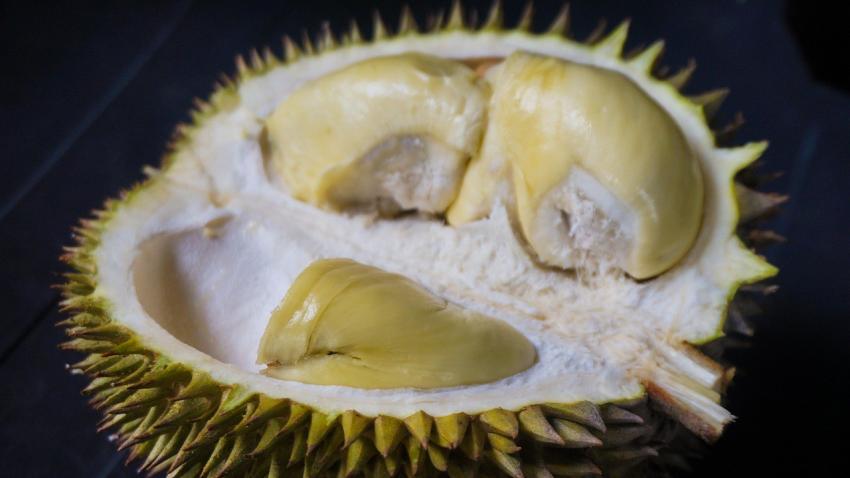
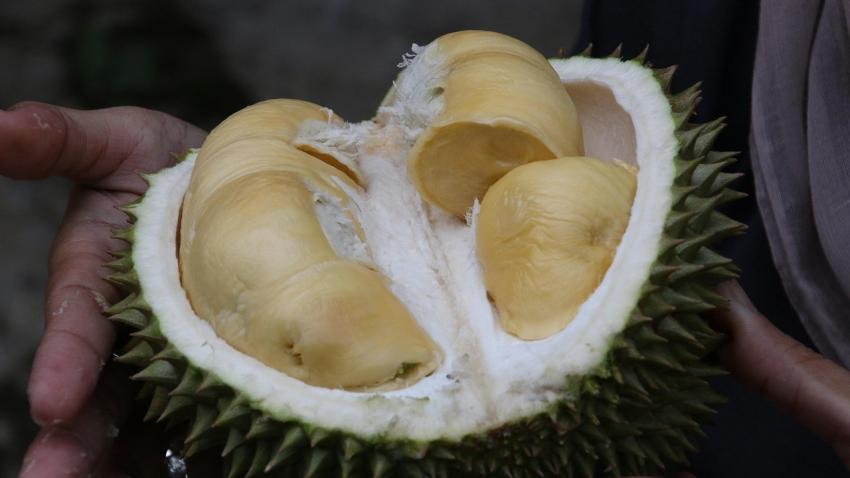
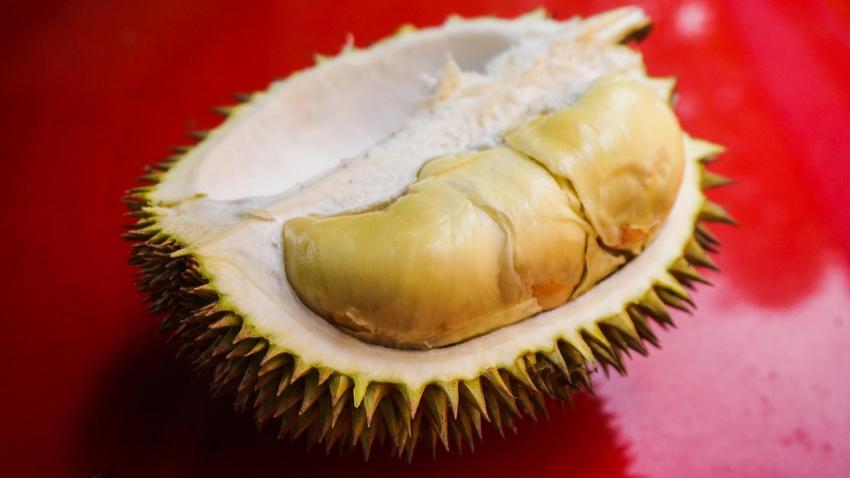
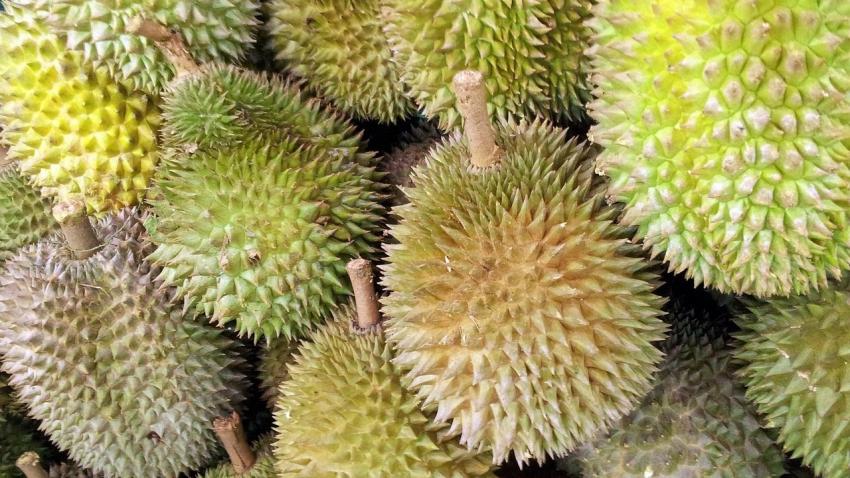







Add new comment